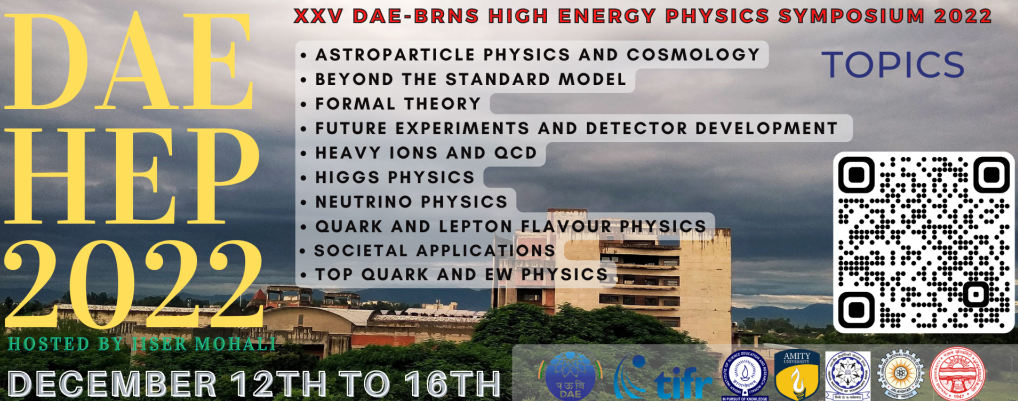Speakers
Description
In this report, we make a comparative study of Machine Learning (ML) algorithms available in ROOT based TMVA package, when employed for particle discrimination. A dataset from Fermilab's MiniBooNE experiment has been used to accomplish this task. The goal is to distinguish between two flavours of neutrinos, namely electron neutrinos (signal) and muon neutrinos (background). There are 5 different algorithms under TMVA package: Boosted Decision Trees (Adaboost), K-Nearest Neighbours, Artificial Neural Networks, Support Vector Machines and Fischer's Discriminant Analysis. Through many iterations, thorough tuning of their parameters after each iteration was carried out in order for to gain maximal output, i.e., good purity, signal efficiency and significance. As for the structure of the MiniBooNE dataset is concerned, 36499 signal events and 93565 background events were used, making a total of 130064 instances. There are 50 particle ID variables for each event.
Through our exercise it was observed that the BDT and KNN models outperform the others by a considerable margin. Among these two, BDT provides a marginally better purity of 91.1 percent whereas KNN provides a marginally better signal efficiency of 0.9604 and a significance of 29.5152. The details of the analysis, along with factors such computation time, etc. for obtaining a fruitful result will be presented and discussed.
| Session | Future Experiments and Detector Development |
|---|
